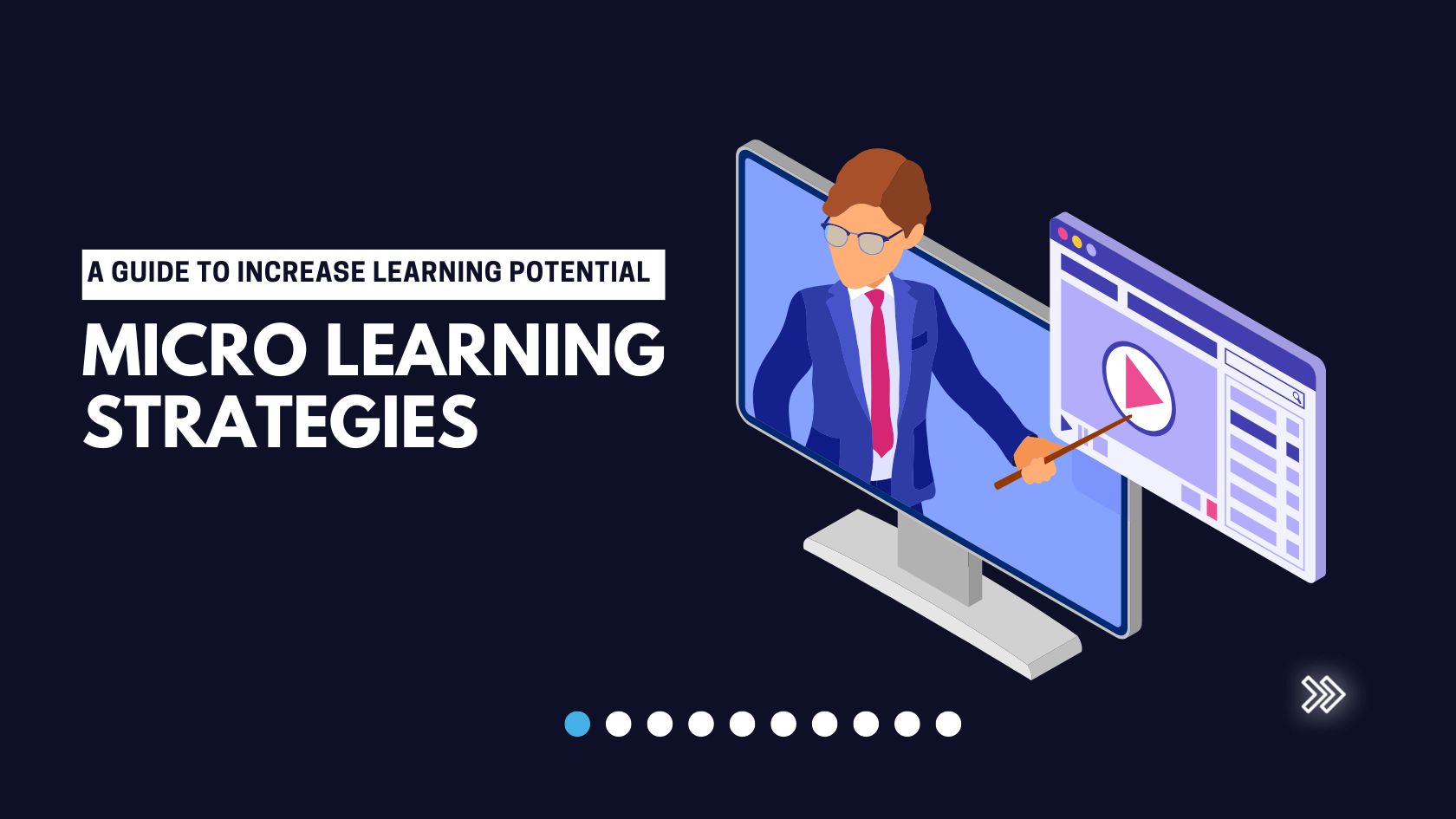Getting Information Governance Off the Ground
Page Contents
By Rex Ahlstrom, BackOffice Associates
Many enterprises understand that establishing and maintaining data quality is essential to their sustainable success, as major business decisions are informed by internal data trends. However, that doesn't mean they know how to get there. An information governance program is the key to doing so.
Often, organizations are laser focused on specific data events such as deploying an ERP system or deciding to consolidate legacy apps onto a new platform, with the main goal of getting the systems up and running with existing data in place. While data system deployments and migrations are major pieces of the data management lifecycle and important events in the life of an organization, they can drive far higher value when viewed as part of a larger strategic information governance program that aligns with meaningful business processes.
Why Information Governance?
A pervasive issue throughout large enterprises is that high-level managers often lack visibility into the link between data quality and seamless business execution. Putting a well thought-out information governance program in place undoubtedly generates many benefits for companies, but executives may not realize the direct influence and risk mitigation impacts unless they see the full strategy and elements mapped out.
For example, information governance programs help ensure proper security and access permissions, compliance with various federal and internal regulations, as well as rigor around how data is managed to promote overall accuracy and relevancy. These foundational pieces allow companies to apply consistent business processes that result in accurately tracking inventory, properly invoicing customers, efficiently communicating supply chain needs and fostering other critical parts of the business.
Without a formal information governance process businesses run the risk of rogue business processes. leading to chaos and a lack of streamlined responses to business issues. Take for instance, a pharmaceutical company that manufactures a particular material used in vaccines but inadvertently neglected to highlight the need for refrigeration in its data for transporting the product. The company lacked processes to automatically identify data anomalies for further study so the error wasn’t caught. As a result, the company lost millions of dollars by having to recall and re-ship massive amounts of the vaccine. Establishing vigilance around managing enterprise data is essential to achieving predictable and sustainable business results.
Get the Full Data Picture
The first three steps in establishing a solid information governance program are: completing an assessment to determine the current state of enterprise data, examining standard operating procedures (SOPs) and identifying systems of use and other key pieces that drive data decisions. Getting visibility into these elements and consensus on the full data picture is a critical foundational milestone.
Next, the team — whether led by a chief data officer or data stewardship manager — should take a close look at the enterprise’s business processes behind its SOPs and how data is affected. This includes examining recurring problems such as security gaps, duplicate data records or lag times to resolving data issues. With this root knowledge in mind, the team can then develop an optimal data design with rules that make smart business sense.
Examine the Data Lifecycle
Enterprises should also determine the length of their data lifecycle. Companies with legacy apps often have data spanning decades sitting in their systems, with only 20 percent of customers from their entire master data currently transacting. Similarly, a company’s chart of accounts may be 10 times as long as it should be—making it tough to close the books in a timely manner.
In both cases, the business relevancy of data was ignored for many years. Companies can reduce and simplify their data lifecycle by categorizing older data for archival and focusing primarily on active data that is currently impacting the business. Another best practice is to establish end-state metrics upfront, so technology and specific standards can be reused once data is moved from legacy systems over to new systems or multiple systems have been consolidated.
Put Right People in Place
The information governance roadmap cannot be complete without assigning the right people to lead the charge. Proactively designating qualified resources to roles for establishing a clear and meaningful information governance policy, as well as the data stewards who will enforce data governance policies, is essential.
Equally as important is ensuring executive level buy-in on launching the information governance initiative. As part of designating roles and responsibilities, the team should include system integrators’ responsibilities in blueprinting, designing and creating new systems, as well as establishing business processes that take governance into account. Master data owners’ domains must be clearly defined across all departments, and workflows should be implemented that enable key data, IT and business stakeholders to collaborate on sustainable data accuracy.
Establishing a world-class information governance program is a worthwhile investment, as data underpins all critical enterprise activities. Once an organization has determined the information governance roadmap that best accommodates its procedures, guidelines and desired outcomes, the next step is setting objectives for continuous improvement and measuring business outcomes and key performance indicators (e.g., fewer security breaches, higher customer satisfaction levels).
Ultimately, getting information governance on the right track across an enterprise enables teams to move in the same direction with a common understanding of what’s most important for driving higher enterprise revenues, more operational efficiencies and fewer business risks.
Rex Ahlstrom is chief strategy officer at BackOffice Associates, a provider of information governance and data migration solutions, focusing on helping customers manage their most critical asset – data.

Drew Robb is a writer who has been writing about IT, engineering, and other topics. Originating from Scotland, he currently resides in Florida. Highly skilled in rapid prototyping innovative and reliable systems. He has been an editor and professional writer full-time for more than 20 years. He works as a freelancer at Enterprise Apps Today, CIO Insight and other IT publications. He is also an editor-in chief of an international engineering journal. He enjoys solving data problems and learning abstractions that will allow for better infrastructure.

